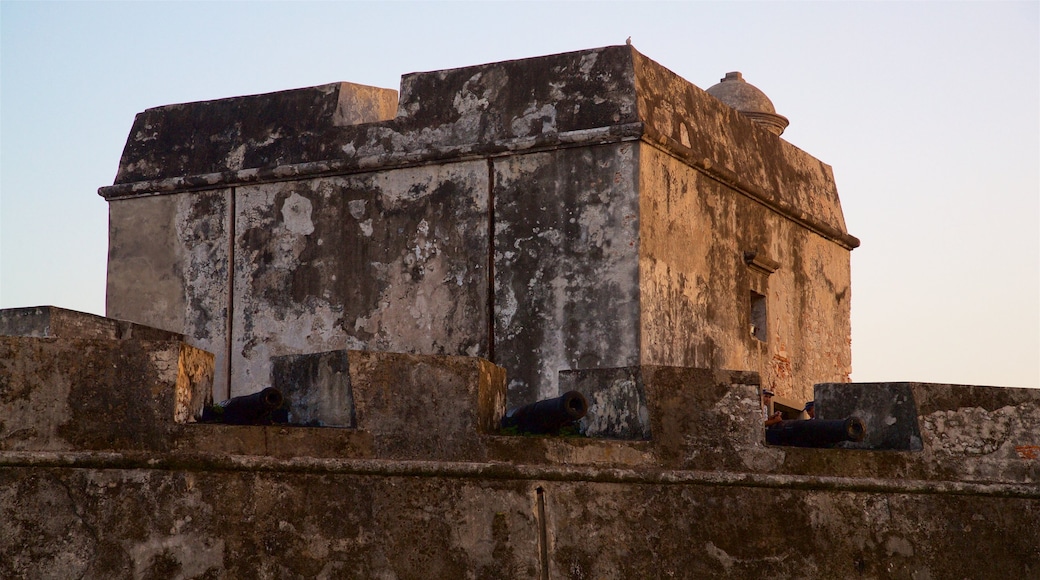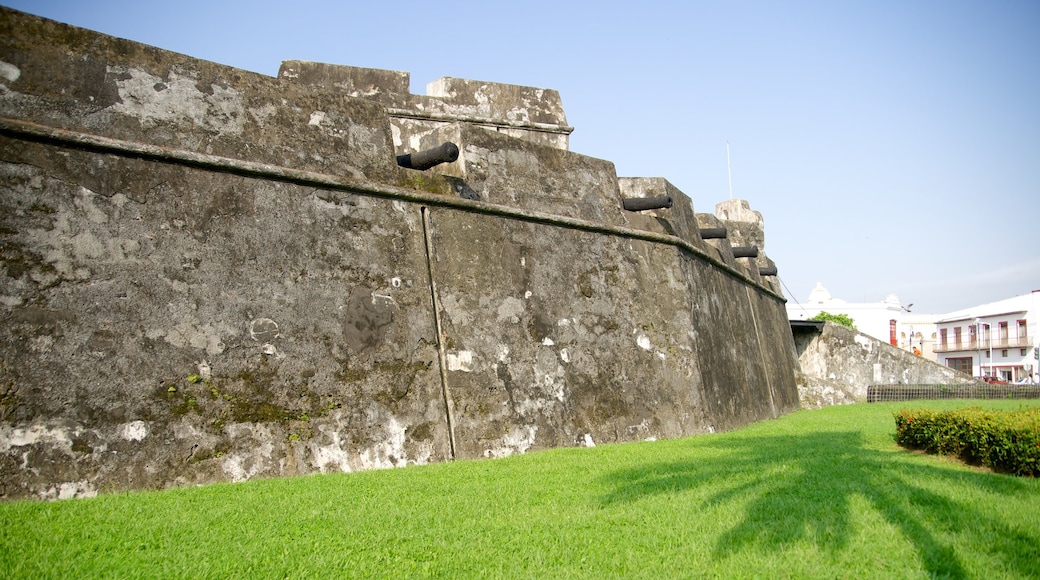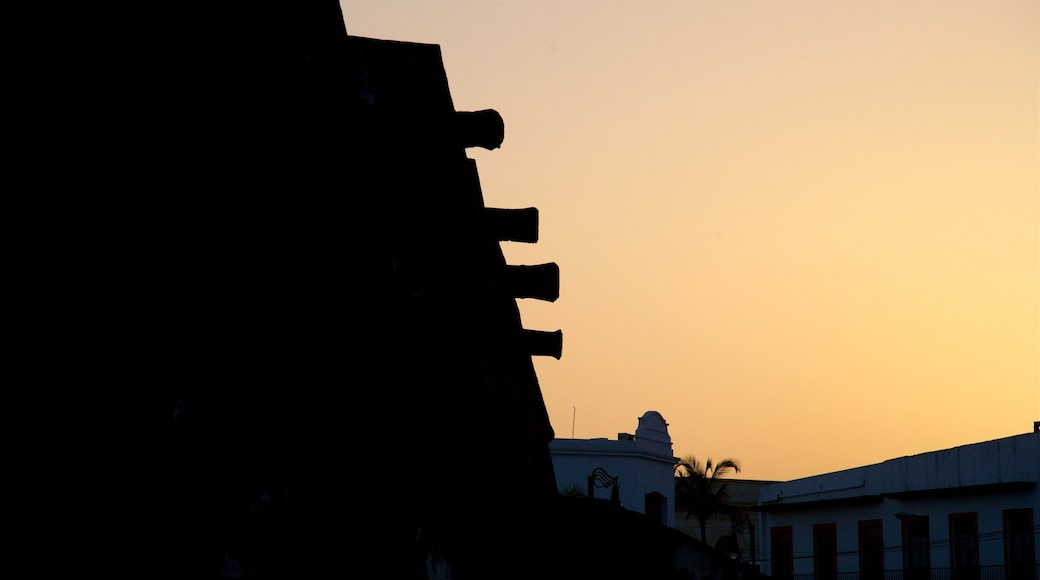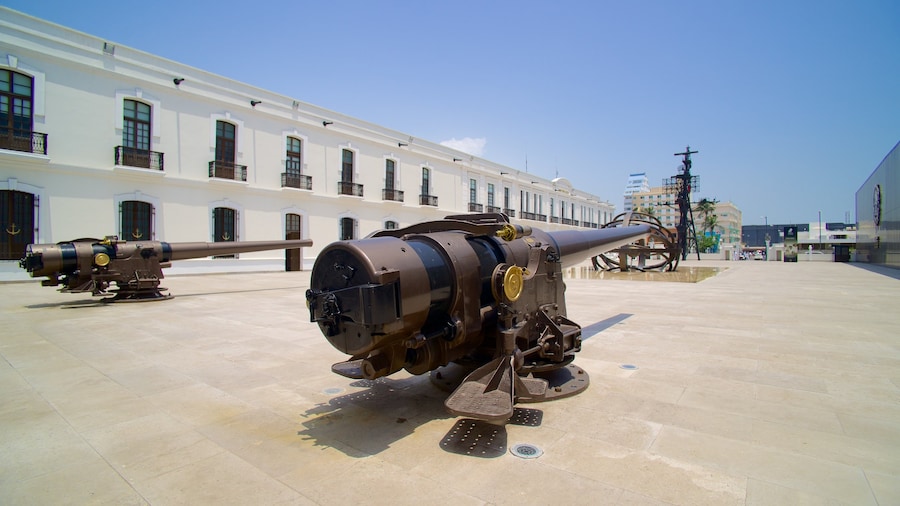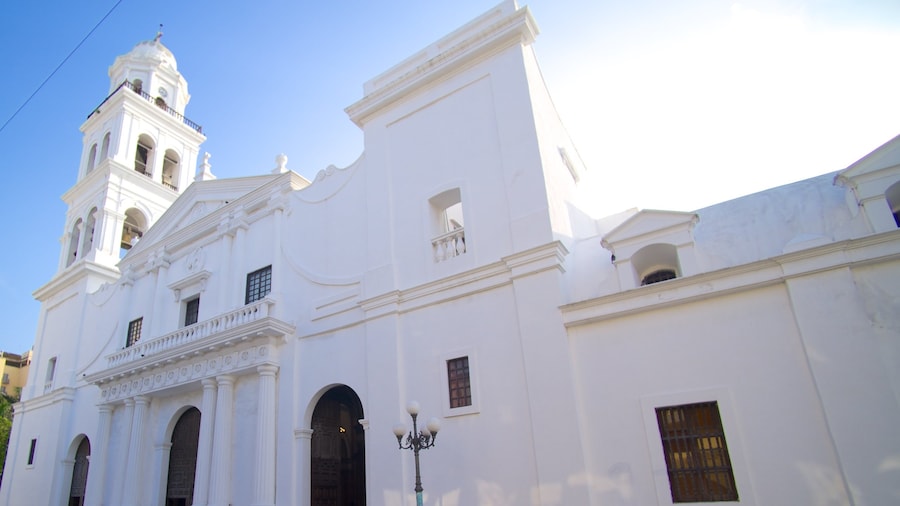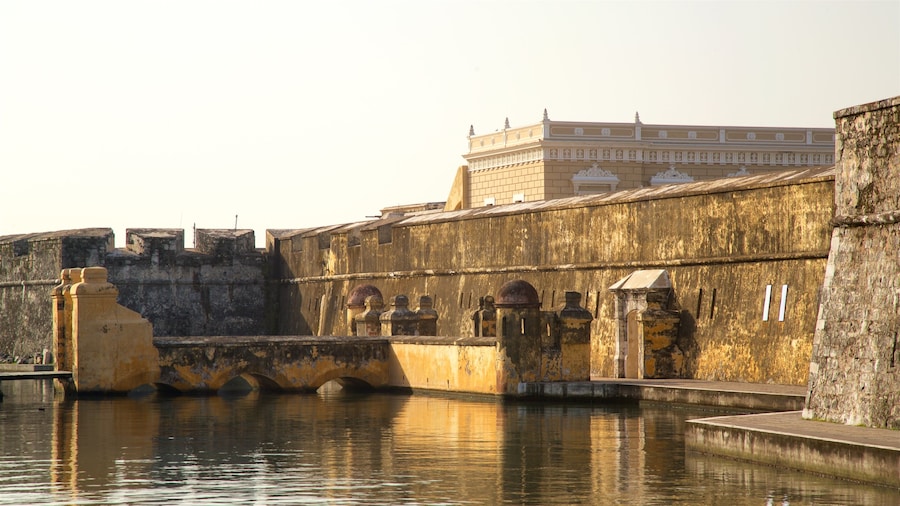Visit the sole surviving fort from Veracruz’s ancient city wall. Today, the structure houses a museum of pre-Hispanic and colonial-era relics.
The Bastion of Santiago (Baluarte de Santiago) is a military landmark and an important piece of Veracruz’s colonial history. Examine the thick walls, ramped entrance and imposing gateway of the former stronghold.
Spanish colonists built the Bastion of Santiago as part of a defensive wall made up of nine bastions. The bulwark was designed to protect the city from invasions. Today, the bastion is the last remaining fort from the historic defense system. Survey the sturdy stone construction and investigate the museum housed within it.
Stroll around the perimeter to get a better sense of the bastion’s arresting size. Look for the cannons pointing out toward the sea. Try to imagine how the military structure may have looked when soldiers were stationed here to help stave off pirate attacks.
The bastion is also known as el Polvorín (the Powder Keg) because its basement was used to store gunpowder. Inspect the exterior to find a series of bullet holes made by the firing squad during executions in 1812.
Walk up the ramp, cross the drawbridge and step through the gateway to enter. Enjoy a close-up view of the centuries-old cannons and gaze out across the surrounding grass and beyond to see colorful colonial mansions.
Located inside the main building is the small yet interesting Bastion of Santiago Museum (Museo de Baluarte de Santiago). Find displays of pre-Hispanic and colonial objects. Most notable among the exhibits is Las Joyas del Pescador (The Fisherman’s Jewels), a collection of indigenous jewelry that was discovered in Veracruz.
The Bastion of Santiago is open from Tuesday to Sunday and an admission fee is normally charged for access, though you can wander around the battlements for free. Situated in Veracruz’s historic center, the bastion is just a short walk from other major city attractions. Learn about Mexico’s maritime history at the nearby Naval Historical Museum. The Carranza Lighthouse and the 18th-century Veracruz Cathedral are less than 10 minutes away on foot.

